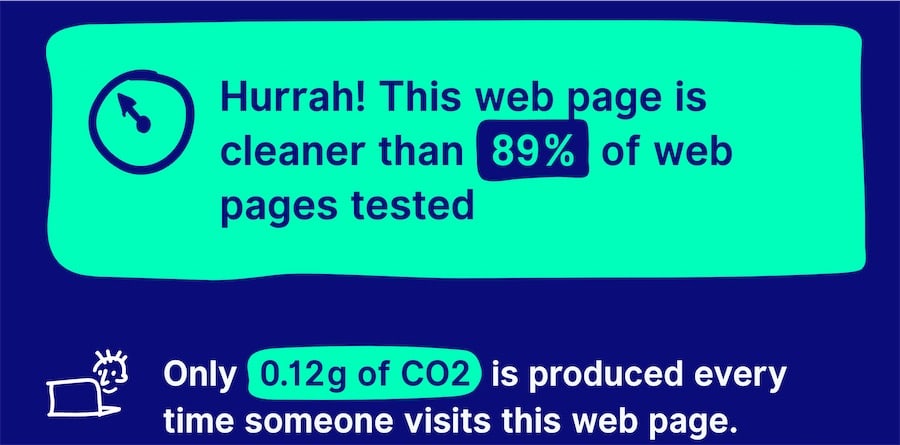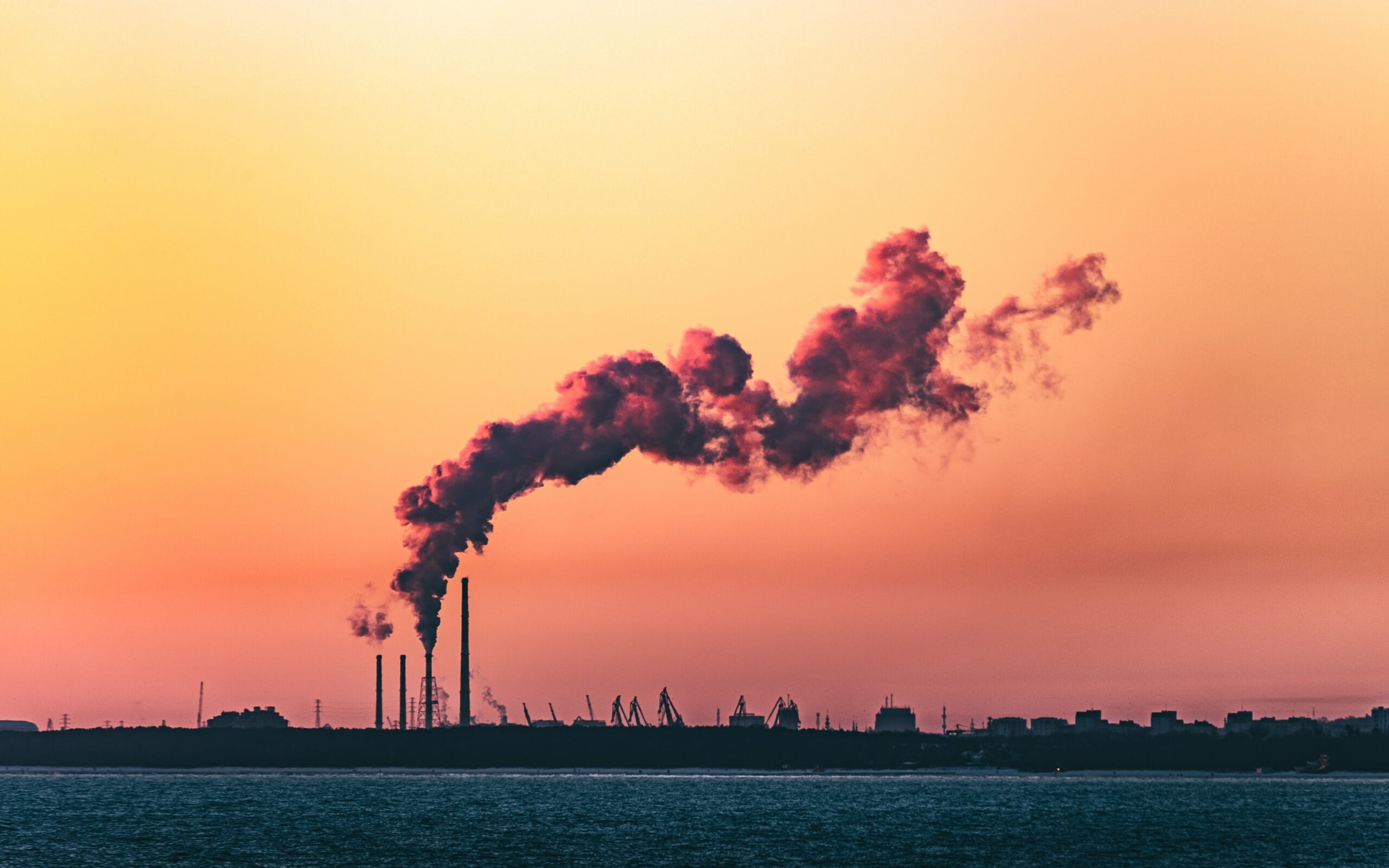Who would have even thought to ask that question
Certainly not me a few years ago
I found a disturbing fact the other day which stated that if the internet was a country it would be the 7th largest carbon emitter, and by 2025, it will be the 4th largest carbon emitter.
“Communications tech will emit more carbon by 2025 than any country except China, India, and the U.S.“
https://sustainablewebdesign.org/
“Digital sobriety” – a rather thought provoking phrase
I also found an article that specifically talks about the use of online video as big environmental challenge. “Climate Crisis: The unsustainable use of online video”. It is an interesting and rather disturbing read and encourages us to practice “digital sobriety”.
“We live in a world where only one form of digital use, online video, generates 60% of of world data flows and thus over 300 million tons of CO2 per year. This use is far from being “dematerialized”. On the contrary, it represents 20% of the greenhouse gas emissions of all digital devices (use and production included), and 1% of global emissions, i.e. as much as Spain.”
https://theshiftproject.org/en/article/unsustainable-use-online-video/
It has some interesting and rather shocking graphs of internet video usage and it’s environmental impact. I certainly will be rethinking some of my internet use.
Why did I start looking at website carbon footprints?
I recently read an article from Yoast which stated that
“…every online action, including every interaction with your website results in electricity being used… The heavier and more complex your website is, the more energy is required to send and process data.”
https://yoast.com/carbon-footprint-of-website
- Digital technologies are responsible for roughly 4% of greenhouse gas emissions.
- The energy consumption of digital technologies is increasing by 9% a year.
We are in the business of creating websites so I immediately went to the Website Carbon Calculator to see how some of the new sites we have just launched fared. This calculator is simple to use and gives great visual representation that I can easily understand.
We launched tripleonecare.nz a couple of weeks ago. When I ran it through the calculator it says this website
- Is cleaner than 89% of web pages tested
- Produces only 0.11g of CO2 every time someone visits this web page
- Over a year, with 10,000 monthly page views, it produces 13.55kg of CO2 equivalent.
- Emits the amount of carbon that 1 tree absorbs in a year. or 35kWh of energy (enough electricity to drive an electric car 226km)
I was reasonably happy with that result.
What about our own website?
We have this “bus mans holiday” thing going on with our website. We always find that our clients websites get first priority and ours gets put on the back burner. However, by the time you read this our new site will be live. It’s been through a few iterations as Brendyn has researched new and better technologies. Finally we are really happy with the tools we have used to build.
Our current website is over 7 years old and is using what is considered old technology. I ran it through the sustainability calculator and got the result:
This web page is cleaner than 78% of web pages tested.
I ran our new developing site and this web page is cleaner that 89% of web pages tested.

When I ran it through the https://www.thegreenwebfoundation.org/green-web-check we got a good result.

Page load speed
I also tested the page loading time for both websites
Old website: 1.394S to first byte, speed index: 4.495S total bytes: 834KB
New website: .220S to first byte, speed index: 1.000S total bytes: 284KB
Even if you don’t understand what the figures actually mean it’s an impressive decrease. The home page loads in less than 23% of the time it took the old one, the size of the home page is about 34% of the old page.
The main difference between the old and the developing sites are the technologies they are built on. Both websites are hosted on the same service (GridPane). The GridPane site is cleaner than 90% of web pages tested. I couldn’t find anything on their site about their sustainability efforts, but I think the result speaks for itself.
We are committed to providing sustainable websites
We embrace sustainability in our work so we can create websites that are good for people and planet. We agree with this statement from Sustainable Web Design:
“Sustainable web design is an approach to designing web services that puts people and planet first. It delivers digital products and services that respect the principles of the Sustainable Web Manifesto: clean, efficient, open, honest, regenerative, and resilient.”
sustainablewebdesign.org
I listened to a podcast by Hannah Smith. Her approach is not that we need to cease and desist using our technology. Rather, it’s about coming up with new and innovative ways that we can reduce the impact that we have. Brendyn is always researching new, better and more efficient ways of doing things. He looks at ways to reduce ‘bloat’ (all that underlying code that can really slow a website down, the size of images etc), clean valid markup, and how to make a website load faster. Sometimes I have a challenge keeping up with the change, however, it always works out for the best. This latest change has actually made my life simpler.



